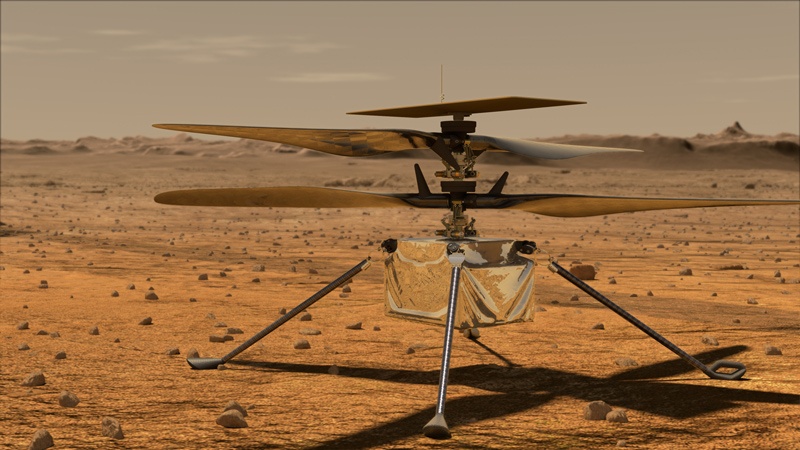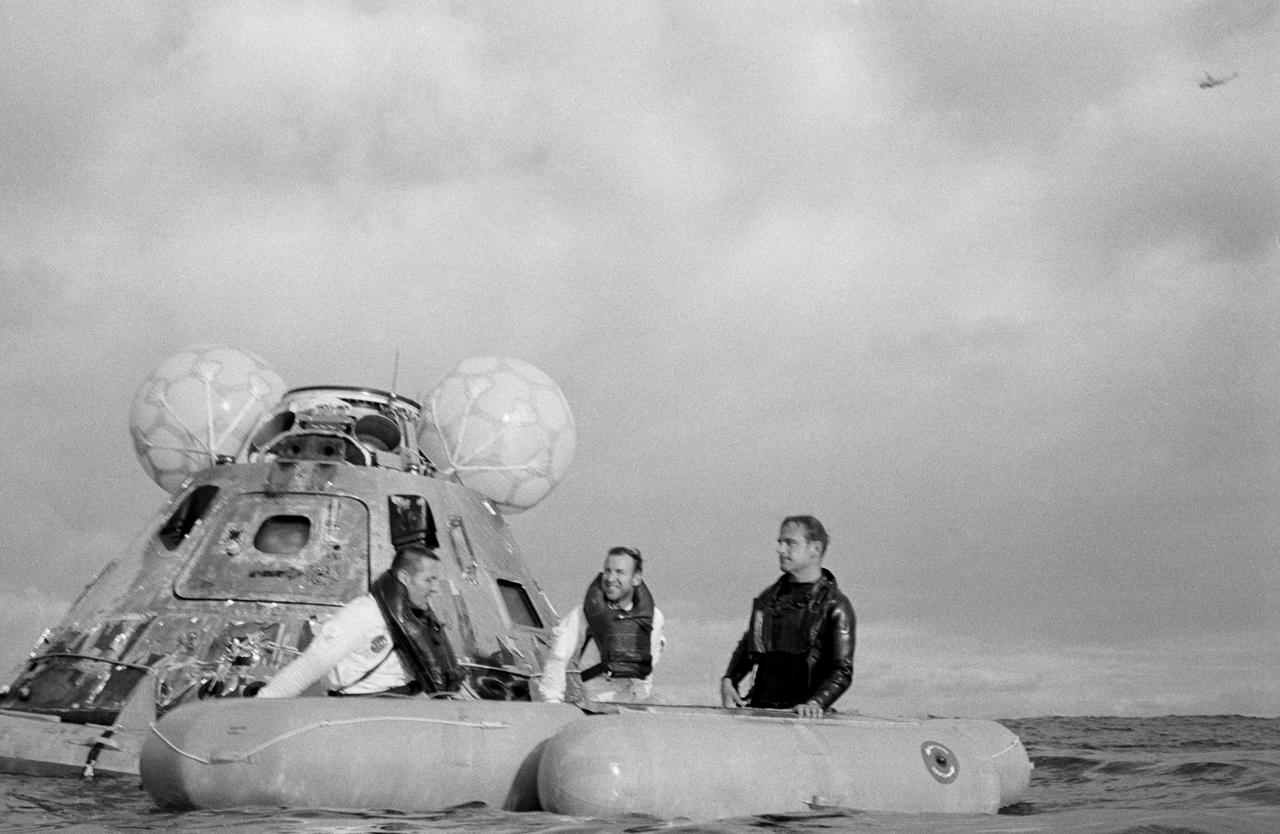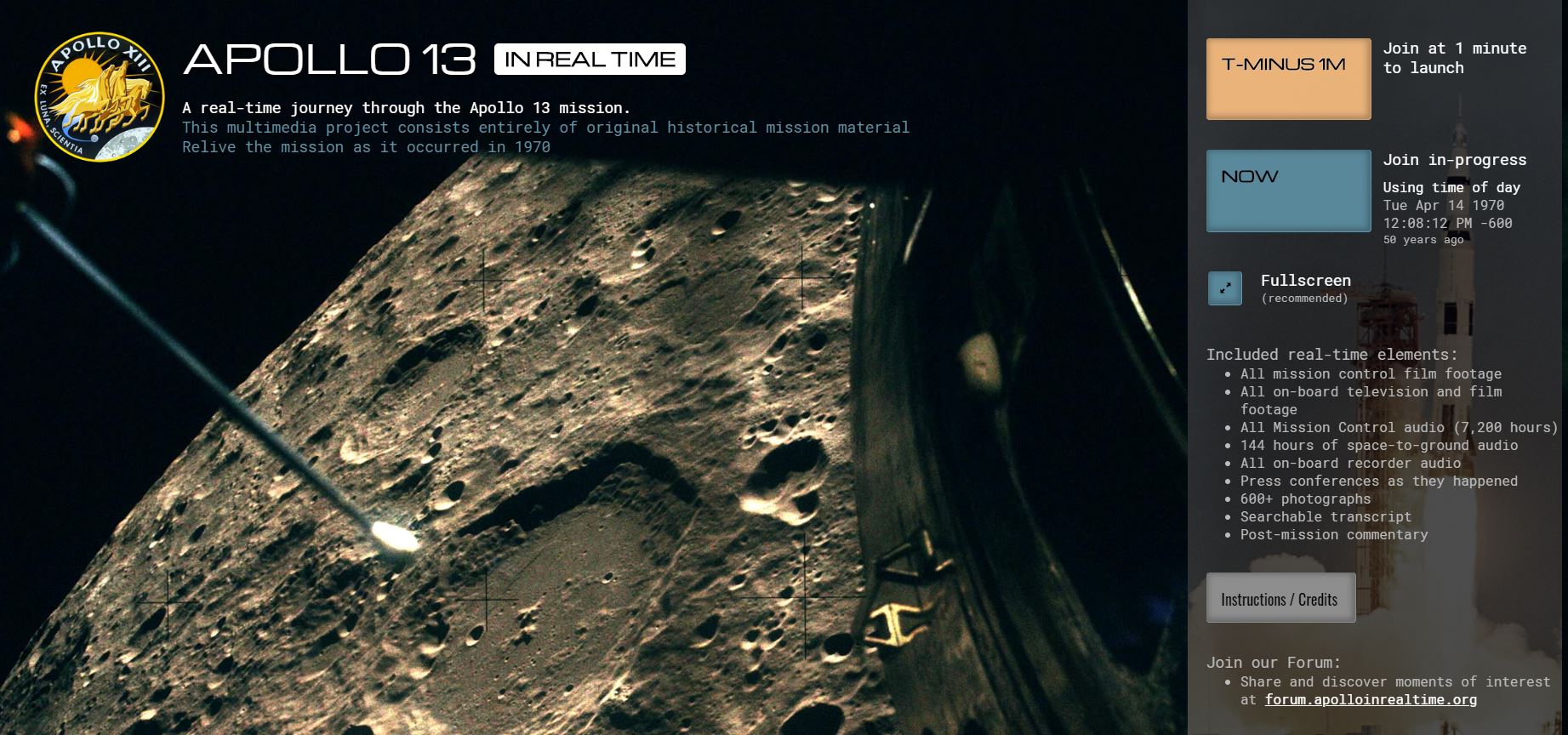Flying low over the surface of Mars. Don’t tell me you haven’t dreamed about it, especially with some of the ‘Mars flyover’ videos that have been produced over the years using data from the orbital missions. And if all goes well – global pandemic not withstanding — a helicopter will be on its way to the Red Planet in just a few months.
Continue reading “Mars Helicopter gets a Name: Ingenuity”Terrible Luck. The Only Person Ever Killed by a Meteorite – Back in 1888
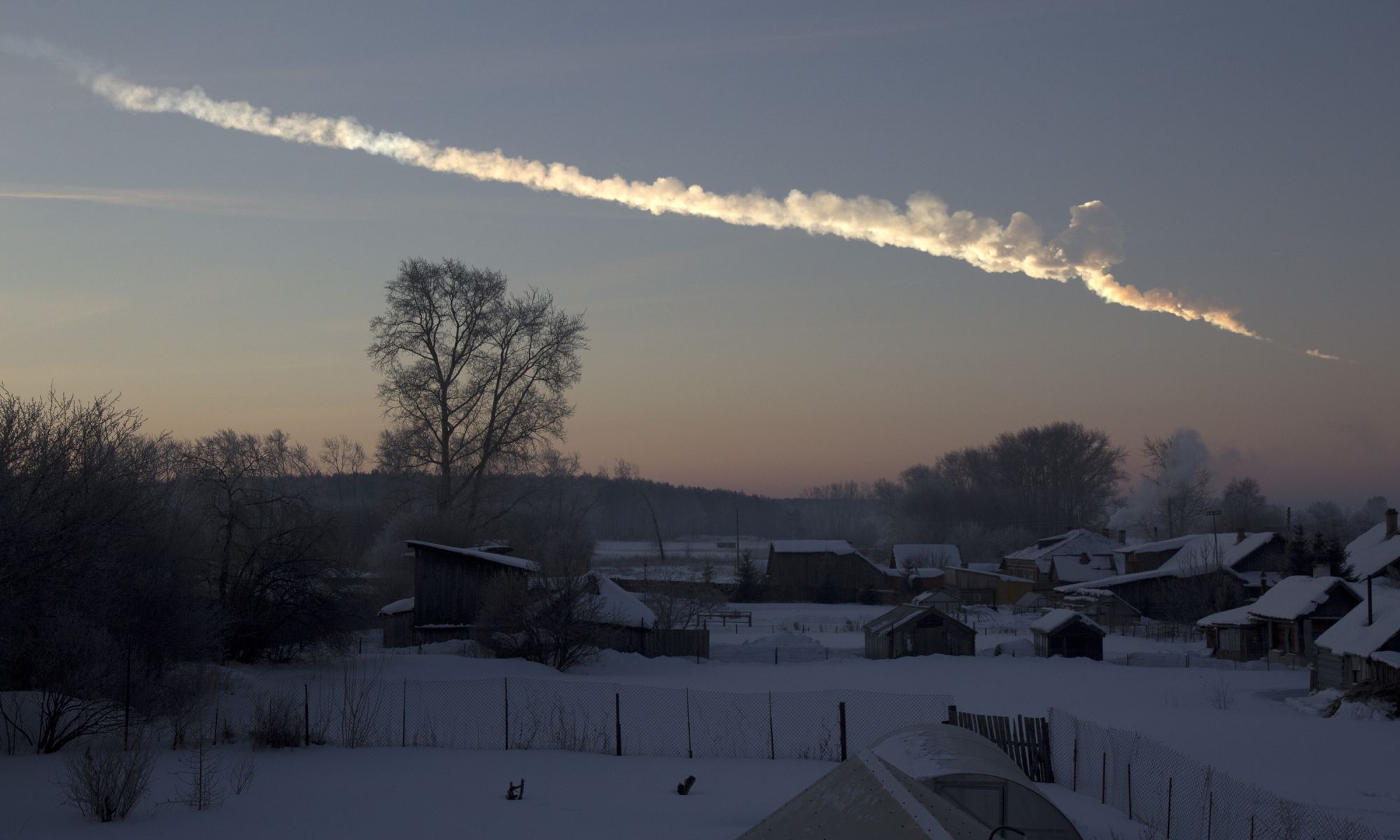
What are your chances of getting smacked – and killed — by a meteorite? One astronomer put the odds of death by space rock at 1 in 700,000 in a lifetime, while others say it’s more like 1 in 1,600,000.
Computing the probability for such an untimely death is difficult because this type of event is so rare. In fact, even though thousands of meteorites are thought to hit the ground each year, in looking through the annals of meteorite history, there seemed to be no evidence that anyone had ever been killed by a meteorite. Until now.
Continue reading “Terrible Luck. The Only Person Ever Killed by a Meteorite – Back in 1888”Crew Dragon Will Be Launching on May 27th
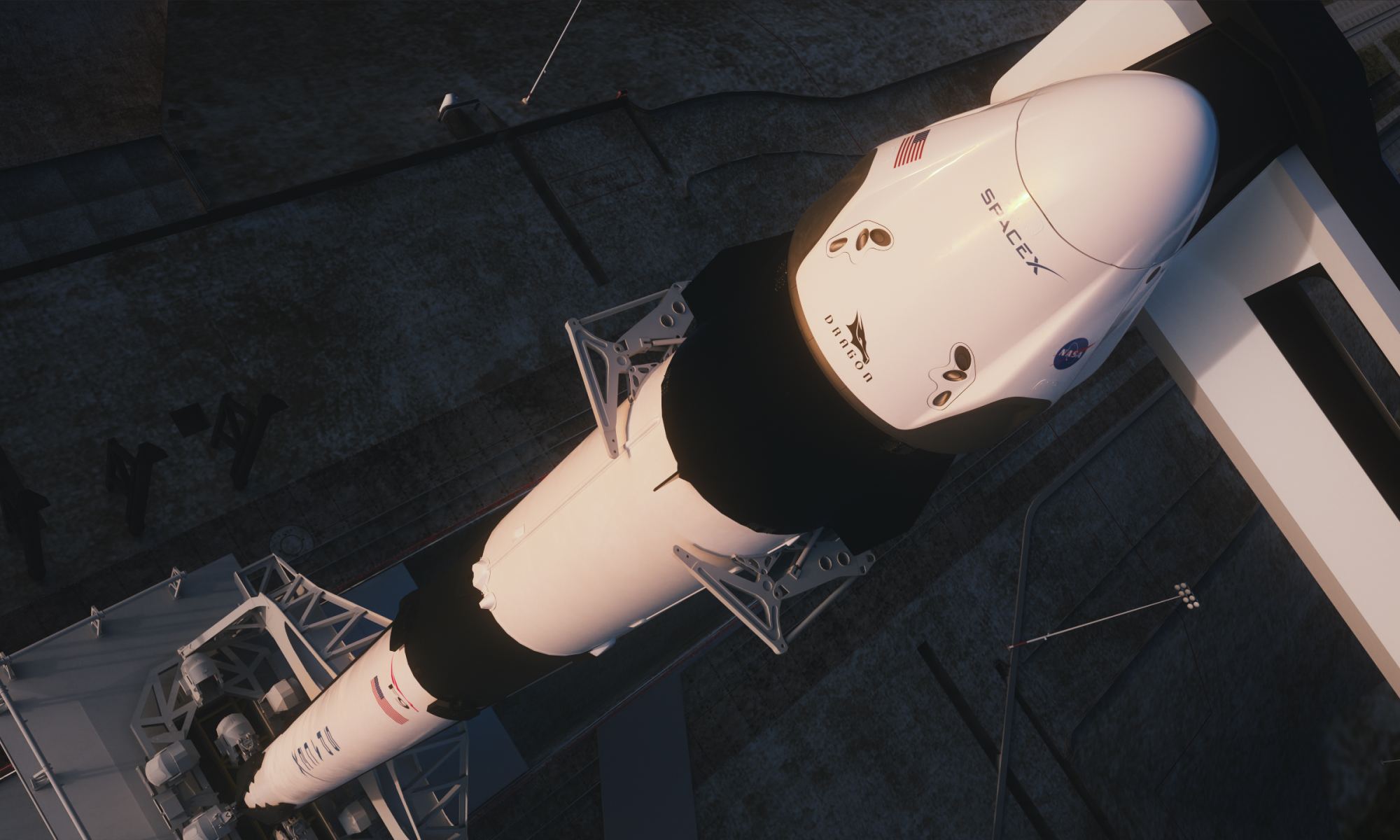
NASA and SpaceX are targeting May 27, 2020 for an historic mission: the launch of the first astronauts on the SpaceX Crew Dragon spacecraft, with the destination as the International Space Station (ISS). The crew, NASA astronauts Robert Behnken and Douglas Hurley, are scheduled to launch on a Falcon 9 rocket at 4:32 pm EDT that day from Kennedy Space Center’s Launch Complex 39A. If all goes well, the Crew Dragon will autonomously dock with the space station about 24 hours later.
Continue reading “Crew Dragon Will Be Launching on May 27th”Even More Things That Saved Apollo 13: The Nail-biting Re-entry Sequence
50 years ago today, on April 17, 1970, the crew of Apollo 13 came home. Safely. Successfully.
The world breathed a collective sigh of relief as they watched NASA turn a disaster into one of the most dramatic happy-endings ever.
The flight of Apollo 13 was unlike any other Apollo mission, and the final hours of the flight – preparing for and implementing the reentry to Earth – was unlike any other, as well.
Continue reading “Even More Things That Saved Apollo 13: The Nail-biting Re-entry Sequence”Even More Things That Saved Apollo 13: Charging the Batteries
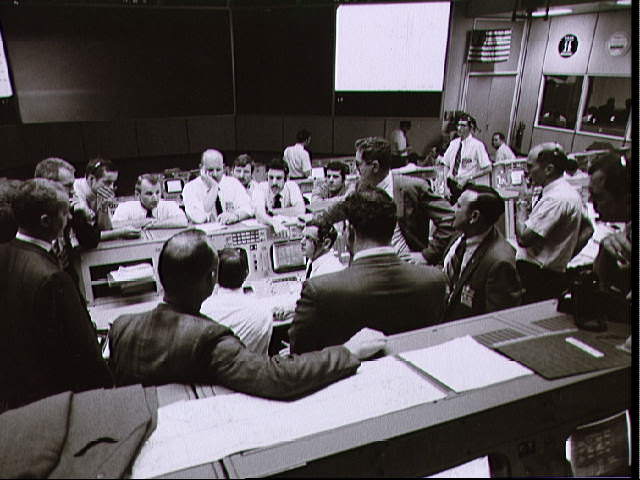
Following the explosion of an oxygen tank in Apollo 13’s Service Module on April 13, 1970, approximately 56 hours into the mission, the situation was bleak. With the Command Module (CM) without any power, the Lunar Module (LM) was activated as a life boat to sustain the crew. The task ahead – to save the spacecraft and the crew, and get them home again — would require an incredible amount of innovation by both the Apollo 13 astronauts and the engineers back on Earth.
The explosion caused the loss of the main source for oxygen, water, and most importantly, electrical power for the CM. With only 15 minutes of power left in the CM, astronaut Jack Swigert powered down the CM while Jim Lovell and Fred Haise got the LM up and running.
For engineers on the ground, one of the biggest concerns was maintaining enough electrical power in the LM and then creating enough power in the CM to power it back up again for reentry to Earth.
Continue reading “Even More Things That Saved Apollo 13: Charging the Batteries”Even More Things That Saved Apollo 13, part 1: The Barbecue Roll
Apollo 13 was supposed to be the third mission to land humans on the Moon. But on the night of April 13th, 1970, an oxygen tank in Apollo 13’s Service Module exploded. And so began the most perilous but eventually triumphant situation ever encountered in human spaceflight.
The explosion crippled the Apollo 13 Command Module and endangered the lives of astronauts Jim Lovell, Fred Haise, and Jack Swigert. During the four days that followed, thousands of people back on Earth worked around the clock to ensure the astronauts’ safe return.
Continue reading “Even More Things That Saved Apollo 13, part 1: The Barbecue Roll”Stratolaunch Shows Off its New Hypersonic Testing Vehicle
A year ago, the high-altitude launch company Stratolaunch flew the world’s largest aircraft. Now, Stratolaunch has revealed the designs of two hypersonic aircraft plus a reusable space plane that will be launched from its giant Carrier Aircraft launch plane. The company hopes to begin test flights of these vehicles by 2022.
Continue reading “Stratolaunch Shows Off its New Hypersonic Testing Vehicle”Highest Resolution Mosaic Image of the Surface of Bennu
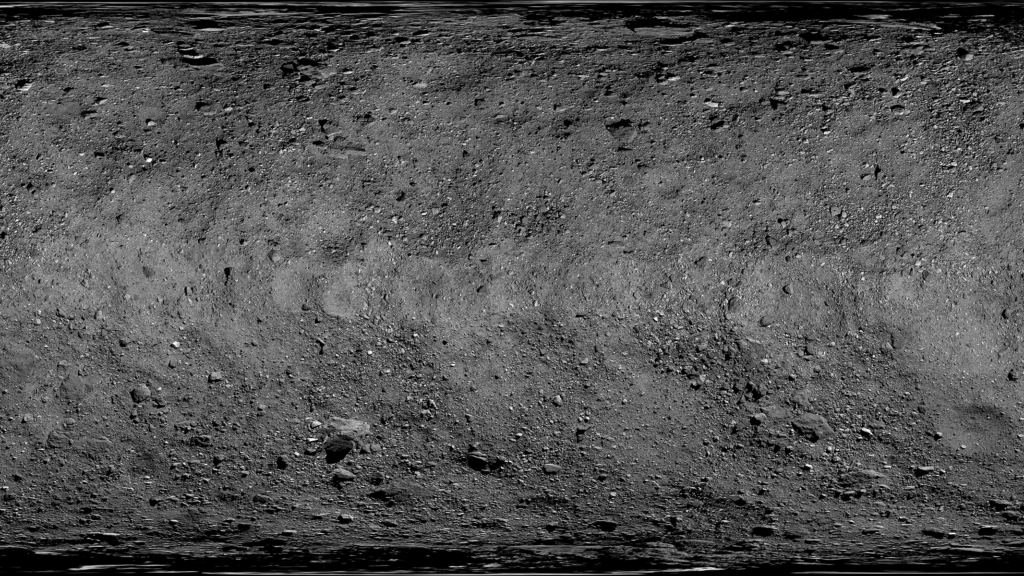
NASA and the University of Arizona have released a stunning new global map of asteroid Bennu. At 2 inches (5 cm) per pixel, this is the highest-resolution global map of any planetary body. This hi-res map will help guide the OSIRIS-REx spacecraft to the surface of the asteroid to collect a sample, currently scheduled for late August 2020.
Continue reading “Highest Resolution Mosaic Image of the Surface of Bennu”The Intense Heat from the Sun Helps Ice Form on Mercury. Wait… What?

While the scorching planet Mercury might not be the first place you’d think to look for ice, the MESSENGER mission confirmed in 2012 that the planet closest to the Sun does indeed hold water ice in the permanently-shadowed craters around its poles. But now a new study regarding Mercury’s ice provides even more counter-intuitive details about how this ice is formed. Scientists say heat likely helps create some of the ice.
Continue reading “The Intense Heat from the Sun Helps Ice Form on Mercury. Wait… What?”Five Space and Astronomy Activities to do at Home During the Coronavirus Outbreak
We’re in uncharted territory as the world faces the Coronavirus (COVID-19) pandemic. While the medical community is on the front lines of dealing with this, as well as others who provide critical services in our communities, the best thing many of us can do is to stay home (and wash our hands).
If you’re looking for ways to keep occupied, keep your kids in learning-mode while school is canceled, and expand your horizons — all at the same time — luckily there are lots of space and astronomy-related activities you can do at home and online. We’ve compiled a few of our favorites, including this first one, one that just became available yesterday.
Continue reading “Five Space and Astronomy Activities to do at Home During the Coronavirus Outbreak”
